Cheesy Italian Frittata with Peppers ~ Easy
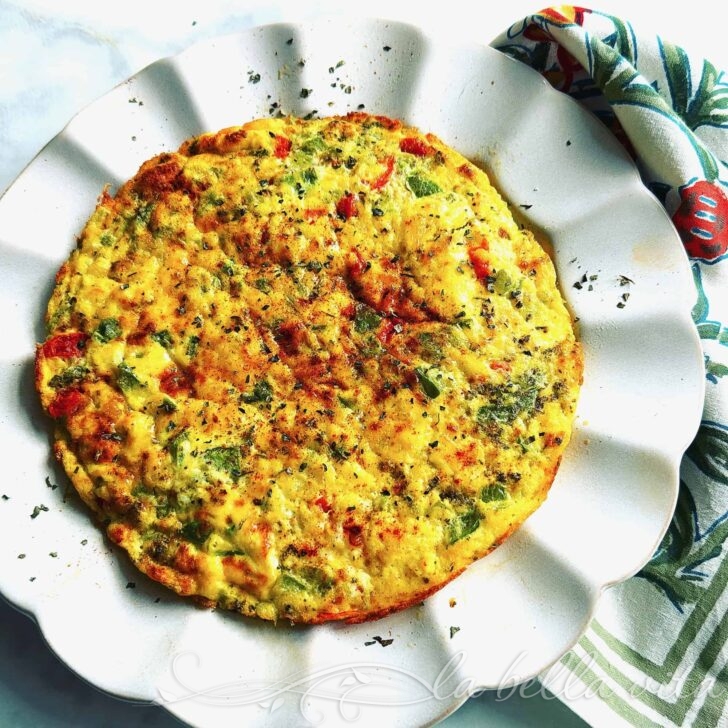
If there ever was one perfect food, to me, it has to be eggs! I just love eggs and could eat them every day! One of my favorite ways to enjoy eggs is in an Italian frittata. Simplicity and ease capture the essence of a frittata. This recipe for Cheesy Frittata with Peppers (and tomatoes) is one of those recipes that you can prepare using whatever you have on hand in your fridge or pantry.
And my fridge and pantry MUST be cleaned out and organized constantly so that we don’t waste anay food that we’ve forgotten was there. With frittatas, you can creatively use up both leftovers and fresh foods. So when it comes to versatility, and cooking with “a-little-of-this” and “a-little-of-that”, cooking this Italian egg dish is a must.
Adding to the ease of making frittatas is that you can prepare them any time of the day. . . . ‘anytime with anything’: breakfast, brunch, mid-morning snack, lunch, dinner, or for a late-night nibble.
Another great thing that frittatas are famous for (going centuries back in Italy) is how easy they are to pack and enjoy on the go, for lunch, or to take to a get-together. They’re also fantastic to serve for a gorgeous brunch centerpiece because of their ‘make-ahead’ quality.
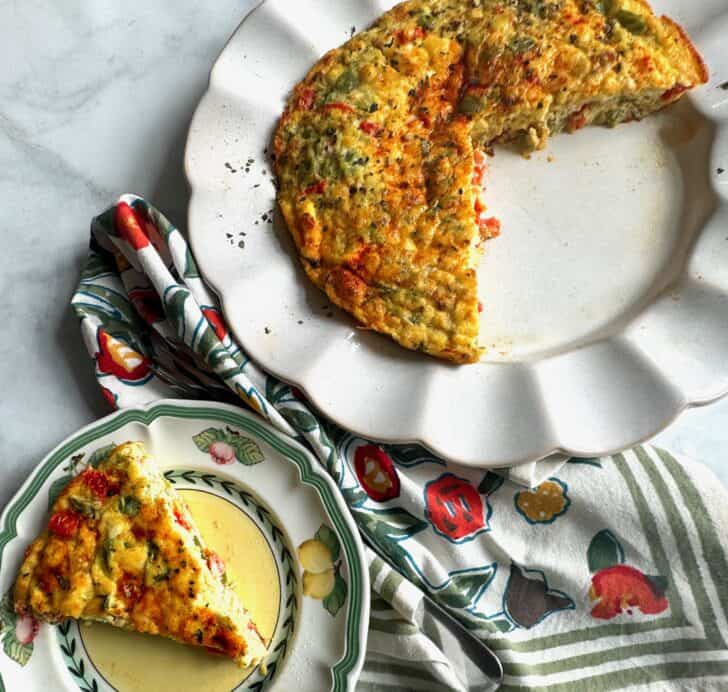
So What Is A Frittata?
A frittata is not an omelette or a quiche, and has several distinct differences:
- Ingredients are added into a larger amount of raw, beaten eggs for a fully incorporated dish (whereas omelettes use fewer eggs and have the ingredients added on top of partially cooked eggs instead of mixing them in).
- A frittata is a free-form dish that does not ‘fold over’ like an omelette, but rather is turned over as one total frittata. A quiche is baked in a pastry crust and a frittata is not baked in a skillet.
- Low heat on the stove is used to cook a frittata and then finishes in the oven. Omelettes differ by cooking on medium heat alone without any time in the oven.
- When turned over, a frittata is broiled in a hot oven to get that gorgeous, signature golden-brown crusty top, whereas omelettes are not browned at all and don’t change in color.
- Before it goes in the oven, a frittata first cooks on a low-heat stove burner for at least 10-15 minutes until all of it is cooked and set except for a ‘runny’ wet top.
- A frittata is more ‘lofty’ in height and fluffy as a result of beating the eggs more vigorously and for a longer period than omelettes.
- A frittata is much larger than a single omelette, so it can be enjoyed by a group of people instead of one person and can be served at room temperature.
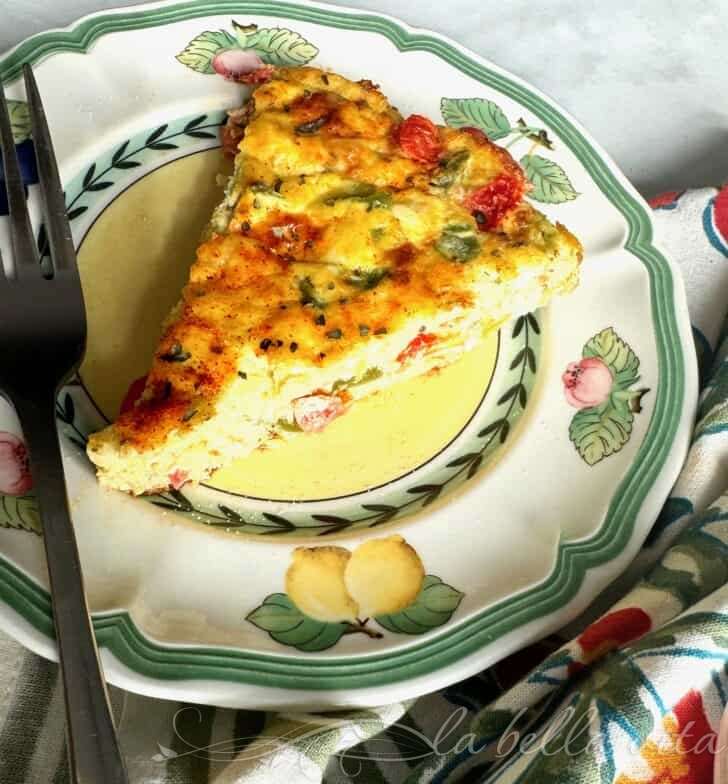
Here are lots of great tips that will give you the best results for a fluffy and crispy-on-the-outside Italian frittata!
Tips on How To Make a Perfect Frittata
Although a frittata is a perfect dish to add any ingredient that you want to use, it’s a good idea to keep the following tips in mind when preparing one:
- Technique is key for fluffy, tender, creamy frittatas.
- The ratio of ingredients to each other is very important for a great frittata with a tender, creamy egg custard texture. For my favorite frittata, whisk together an egg base mixture of 8 eggs with 1/3 cup cream/milk plus 1 cup cheese plus 2 cups of veggies and/or meats.
- Use jumbo or large eggs. If you prefer to use medium-sized eggs, crack in 2 more eggs.
- Don’t overwhip the eggs. Whip them just until the egg yolks are incorporated with the egg whites. If you overbeat the eggs they will expand too high in the oven stage and then collapse when they cool off, leaving a collapsed center.
- Keep your frittata simple! Resist the temptation to add in too many ingredients since that will weigh down the frittata and cause the eggs to cook unevenly. Select only a few key ingredients that will be the stars of the show.
- Always cook any meat first before adding into the egg mixture. The meats must not be soggy, so drain any grease/liquid and then pat dry with paper towels.
- Eliminate excess liquid in ingredients before adding to the eggs. When I saute’ onions, mushrooms, tomatoes, zucchini (which contain a lot of liquid) I do the same process. Too many high-moisture ingredients will turn your frittata into a horrible, watery mess. I prefer adding raw, uncooked veggies so that they aren’t mushy in the frittata. If you’re like me and prefer adding raw veggies, do take some paper towels and pat them dry as well.
- For the dairy ingredients, always use full-fat heavy cream, whole milk, sour cream, creme fraiche, ricotta, and mozzarella** for a creamy, custardy texture. You’ve got this! Reduced fat dairy items will result in a watered-down frittata . . . very unappetizing. But you need to add some dairy or else your frittata will be all eggs and not very creamy. **Use low-moisture mozzarella to reduce liquid.
- Gently stir everything before going into the skillet to ensure a thoroughly even distribution throughout the frittata. You want to have a nice balance of ingredients in every bite. Additional stirring while a frittata is cooking will add volume and height.
Use the Right Pan for a Frittata
Your perfect frittata will have a crispy top with a beautiful golden-brown color, and in order to achieve that, you’ve got to use the best pan for the job!
- Use a well-seasoned cast iron or a nonstick, oven-safe skillet to ensure that the eggs don’t stick. Your pan must be able to safely go from the stovetop to the oven and be able to conduct heat evenly. If you don’t use a nonstick skillet, coat a little olive oil to the pan so the frittata doesn’t stick. (If you don’t have either of these pans, use a 9″ X 9″ baking dish or 9″ deep dish pie pan).
- If the frittata sticks to the pan, use a flat, thin metal spatula and gently slide it under the frittata to help release the frittata. If it appears all chopped up from the release process, then serve it with the top facing up. I prefer serving it this way, regardless, because the top is where the beautiful color and crispiness is.
- If you choose to use the oven-baking method only (skipping the stove cooking stage), make sure that the skillet (or pan) has a good coat of oil drizzled in it (before adding the egg mixture) to prevent it from sticking.
I use any either of these skillets and highly recommend them to help you in your cooking:
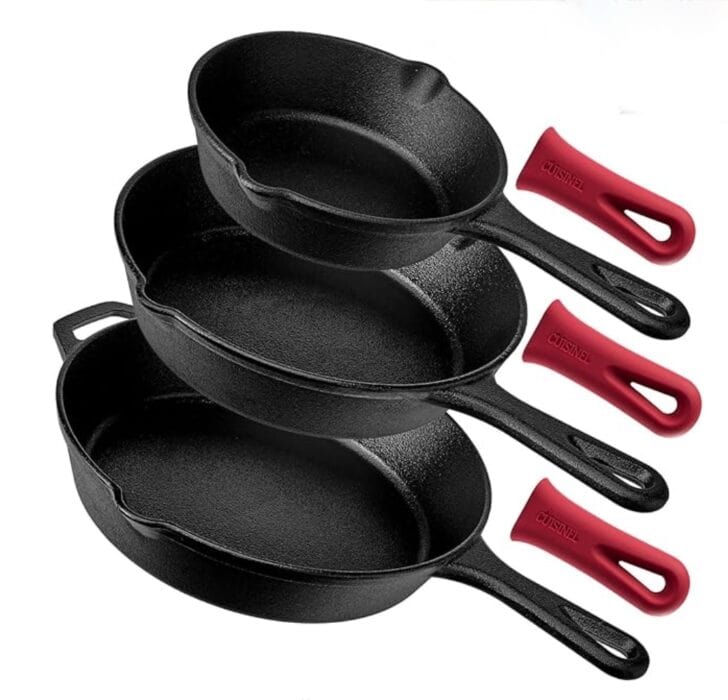
Pre-Seasoned Cast Iron Skillet (Set of 3 with Silicone Hot Pads)
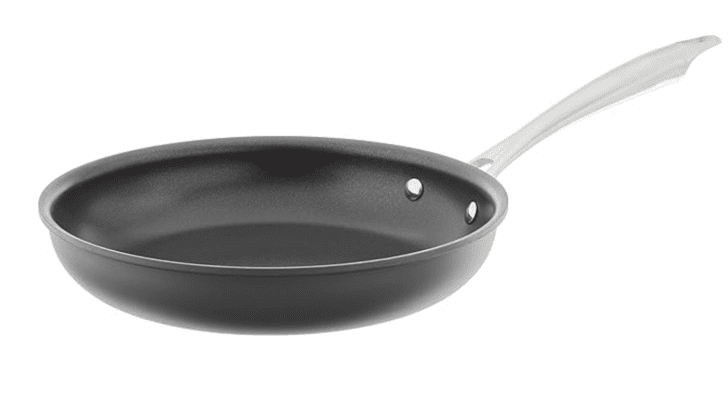
Cuisinart Non-Stick 10″ Skillet
Cooking and Baking Tips for a Frittata
- Preheat the oven to 325 F degrees while you start the frittata on the stove. Frittatas need to be baked on low and slow so they cook slowly enough for the eggs to have a custardy texture.
- Cooking on the stove first gives your frittata a head-start which ‘sets’ the egg mixture and helps the frittata from becoming too watery by cooking off a lot of the moisture.
- Watch your frittata with a close eye while it’s on the stove, but most importantly, when it is baking in the oven.
- When the sides of the frittata begin to bubble and set, and the top has just a slight layer of liquidy eggs, then it’s time to place it in the preheated oven on the middle rack to bake.
- SAFETY NOTE: It is critical to use 2 oven mitts to move the hot pan to the oven with care and slow steps . . . don’t rush. The pan and the frittata are both extremely hot!
- For the baking stage, place the frittata on the middle rack.
- Bake for about 25 minutes or until the frittata is nice and puffy and the center is no longer wet or wobbly.
- Don’t overcook your frittata in the oven. It will turn out dry. Keep your eyes on it to occasionally check to see how it is coming along and not burning. Bake it until it is puffy with a little bit of a jiggle in the middle. Remove the frittata from the oven when it is just set since the frittata will continue to bake while it rests in the hot skillet. With your finger, tap on the center of the frittata: if it is runny/liquidy, it’s not done yet. If it is not runny/liquidy, and the top is a golden brown, it’s done.
- I like a golden color on the top of a frittata. To do this, just place the frittata at the end of the baking period under a hot oven broiler for no more than 5 minutes. Remember, you must keep a diligent watch on it if you choose to do this to prevent any burning.
- A frittata can be started ahead of time when using the baking in the oven-only method. Blend all of the ingredients together, cover with foil, and keep in the refrigerator until it’s time to bake. Don’t let it stay more than 1 day in the refrigerator.
So, let’s get to the cucina and cook up a delicious frittata! Andiamo a cucina (Let’s go to the kitchen)
Gather your ingredients, checking your fridge and pantry for “leftovers” or “must-go’s”.
You’ll need (for this recipe):
- Eggs
- Olive oil
- Cheese (of your choice, for this recipe I used Italian Fontina)
- Onion
- Garlic
- Green bell pepper
- Tomatoes
- Herbs (classic Italian herbs used in this recipe: oregano, sage, etc.)
- Heavy Cream
For additional ingredients to use in a frittata, please check out my recipe post on “How To Prepare A Frittata” and all of the endless ingredients that you can add to this versatile dish!
Step-by-Step Photo Instructions to Help You
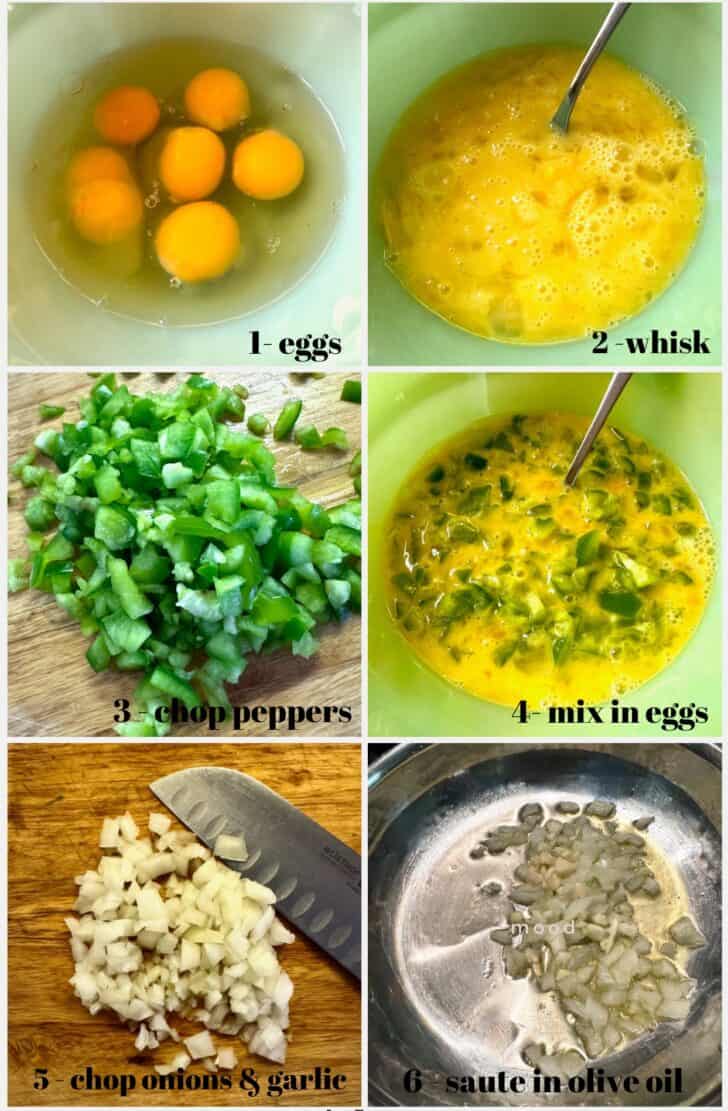
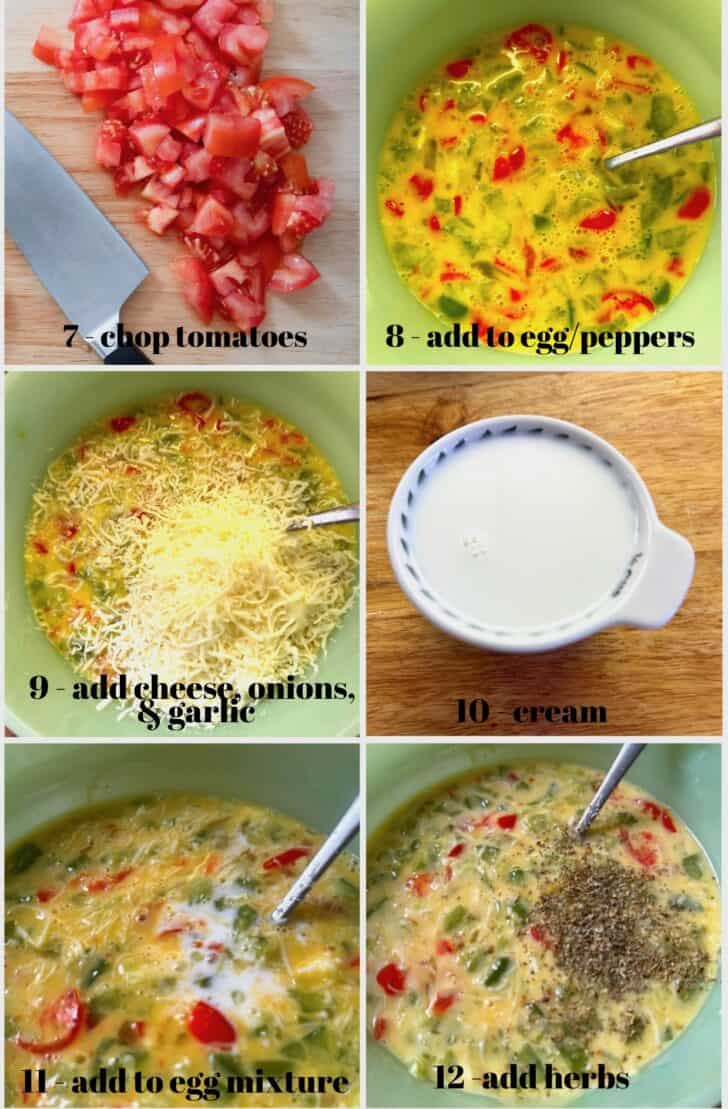
So far it’s pretty easy, right?
You’re doing fantastic, so let’s keep going . . .
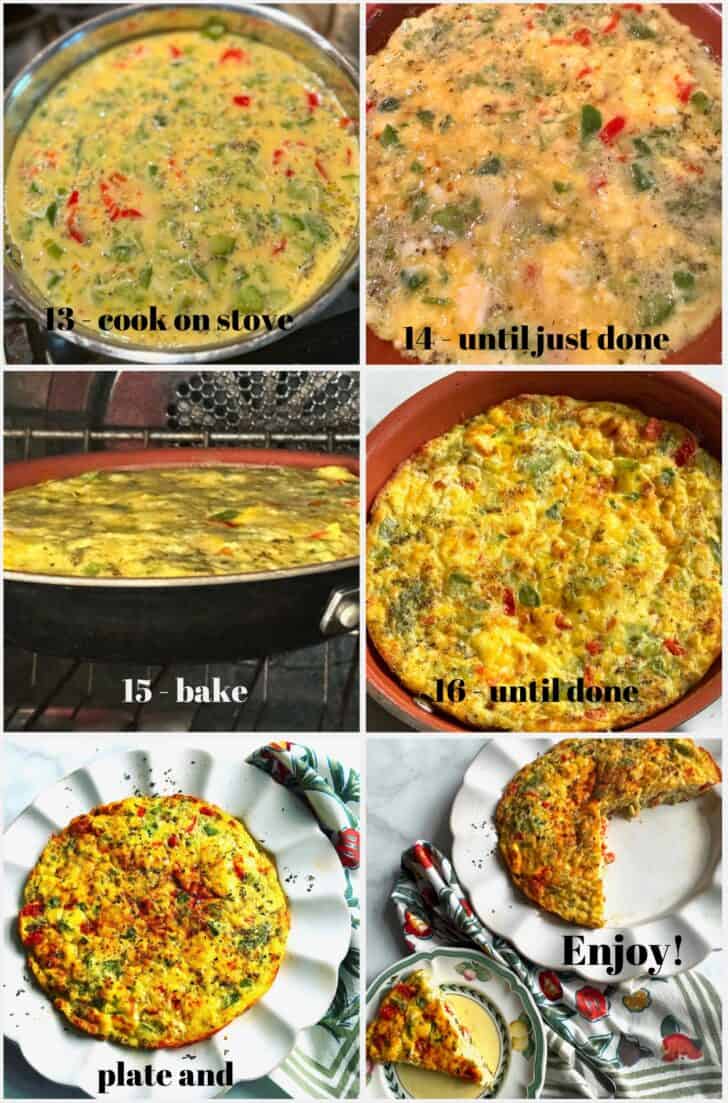

EXCELLENT!
What to Serve with a Frittata
Frittata can be served as a main dish or side dish. For a main dish, serve with:
- A lovely, fresh mixed lettuce salad with scallions, dressed with a light balsamic vinaigrette.
- A slice of fresh crusty artisan bread.
- Fresh seasonal fruit (oranges in winter, strawberries in spring, peaches in summer, and apples in autumn).
- Coffee or wine.
- Mimosas if serving brunch.
For a more hearty, robust breakfast:
- Serve alongside hash browns, roasted garlic and rosemary potatoes, or chunky breakfast potatoes.
- Thick-cut bacon or sage-flavored sausage (Jimmy Dean brand is the most popular).
- A fresh fruit salad (in season).
- Toasted whole-grain bread, popover, or muffin.
As a side dish, serve your frittata in a mini version if you have a larger entree selected for a bigger meal. These mini frittatas with asparagus are perfect as a side dish, for snacks, or for children!
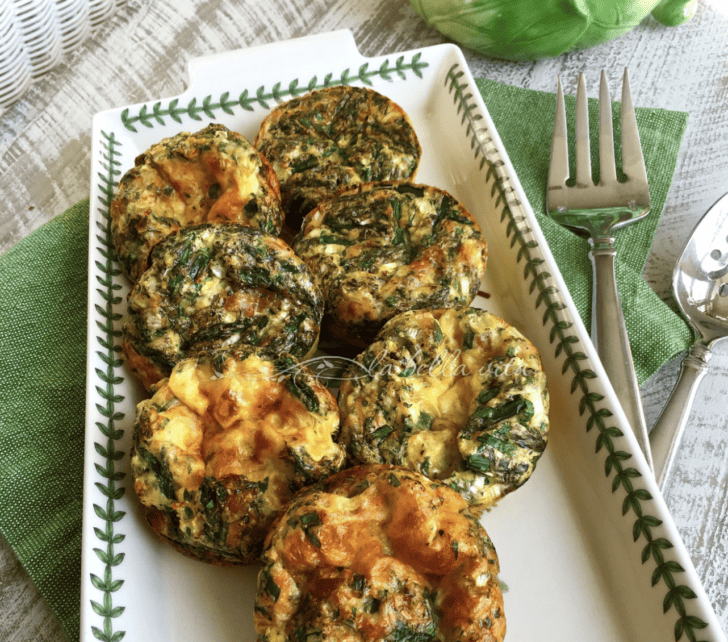
Storing a Frittata
- Store your leftover frittata in the refrigerator in an airtight container or covered with foil or plastic wrap for up to 3 days.
- Serve leftover frittatas chilled, at room temperature, or gently warmed in a microwave or toaster oven.

More Delicious Italian Frittata Recipes for You to Enjoy!
Frittata with Mushrooms, Thyme, and Parmigiano Cheese
Frittata with Asparagus and Fontina Cheese
Frittata with Swiss Chard and Italian Cheeses
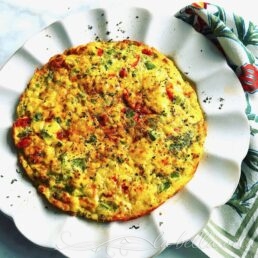
Cheesy Italian Frittata with Peppers
Ingredients
- 8 jumbo eggs
- 2 Tbsp. olive oil
- 1 small onion, chopped
- 2 large cloves of garlic, minced
- 1 green bell pepper, chopped, tap dry with paper towel
- 2 – 3 Roma tomatoes, chopped, tap dry with paper towel
- 1 cup Fontina cheese, freshly grated
- 1/3 cup cream (or whole milk)
- 1 tsp. Italian seasoning (or whatever you prefer, fresh or dried)
Instructions
- Whip the eggs in a large mixing bowl.
- Saute’ onions and garlic in olive oil until tender; keeping an eye on the garlic so that it doesn’t burn.
- Add these to the whipped eggs.
- Add the chopped peppers and tomatoes. I used raw veggies in this recipe, but you can saute them for a few minutes as well, making sure that you drain any liquid from them.
- Mix in the cheese, cream, and herbs.
- Pour into an oven-safe, non-stick skillet or well-oiled cast iron skillet.
- Cook until the sides are bubbling and the inside of the frittata are cooked EXCEPT for a slight layer of liquidy eggs on the surface (this bakes to fullness in the oven).
- With oven mitts, carefully move the skillet to the preheated oven and place on the middle rack.
- Back for about 15 minutes or until the top is turning a beautiful golden-brown color.
- Tap the top of the frittata to check for doneness. If it is wet and liquidy, it is not done. If it is not liquidy and is firm with a slight jiggle, it’s done.
- If the top of the frittata is not golden-brown yet, turn on the broiler and broil for another 5 minutes, checking every other minute for any sign of burning. Do not let this burn. Remove the frittata from the oven as soon as the golden-brown color is achieved.
- Let it set for about 5 minutes. The frittata will continue to cook in the hot skillet.
- Take a pie slice server and gently go under the frittata to loosen it. Gently remove it from the skillet and plate it.
- Garnish with fresh herbs.
- Mangia and Buon Appetito!


I love your step-by-step directions! Everyone should know how to make a frittata. I love your recipe.
Awe, thank you so much Miss Mimi! I truly appreciate your professional chef opinion. I’m sure you make some outstanding frittate!
Ciao,
Roz
You can cook for me anytime, this reminds me of mom and the old days of cooking meagerly on a budget with lots of love in everything made! Love this
Claudia,
We are so fortunate to have such wonderful memories of our mamas in the cucina making so many things that were not only economical but delicious!
Ciao,
Roz
This is a must try for us.
Hi Larry,
You can use any ingredient you want. I’ve got a good list of options when you click on “How To Prepare a Frittata”.
Happy 2024!
Roz